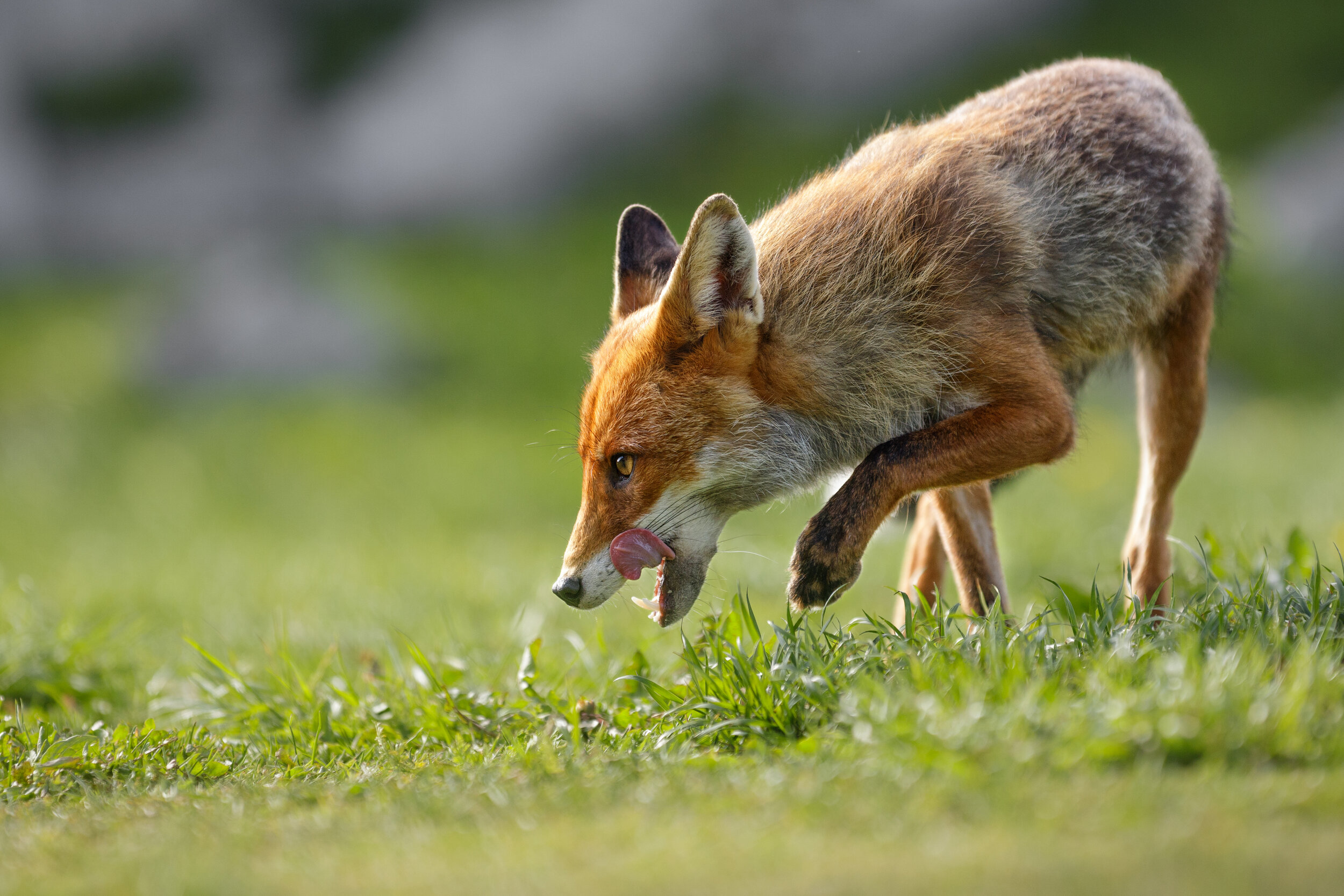Shooting Nature Photos to Print
2020-01-12One of the most important lessons I learned in 2019 is shoot photos with the format in mind.
It’s taken me a couple years to learn this lesson. My photography business probably would have been more successful early on if I had learned it earlier. But that’s the journey of any journeyman; the path to mastery is a long one.
This means, if your goal is to sell prints, shoot a photo that will look good on someone’s living room wall. If you want to sell coffee table books, take photos that pop out of a large, glossy page. If you want to sell stock, make sure there is room for copy and have a use in mind. If you wish to sell the photo to websites, children’s books, print it on a calendar, or sell it to a tourism board, keep the client or medium in mind when you click the shutter.
The only one of those examples I will be focusing on here is print. I hope to make the majority of my income on prints because the thought of my artwork hanging on someone’s wall delights me. There is no greater compliment than a person deciding your work is so good they want to look at it every day.
So, when I frame up a beautiful animal and scroll my shutter speed and aperture wheels, I keep that format in mind.
Lately, I’ve decided this means doing a lot of minimalistic photos. I recently realized while having a conversation on the topic with my brother that to make a photo look good in a room, especially a wildlife photo, it should be simple. While there are exceptions, complex, colorful, cluttered images may look great on a computer screen, but hanging in an elegant space they can clutter the room. However, a minimalistic photo hanging on the wall can add to the peace and beauty of that space.


One of the easiest ways to make a photo simple is by limiting or eliminating color. A photo with just one or two main colors, like the Great Blue Heron above, is minimal and elegant. The Red Fox pictured above uses three main colors (orange, green, and gray) but keeps a minimalistic look. The fox is the only thing capturing your eye in the photo. There are no distracting elements such as tree branches, other animals in the background, or too many colors.
Shooting minimalistic photos is not easy. When I photographed the Red Fox above, I came home with several terrible images among the good ones.
One of the number one tips to getting minimalistic photos is to get low to the ground. The photos I shot of the fox when I was standing up looking down on it looked like they had been shot by someone who had just picked up a camera for the first time. I don’t even want to show them here out of embarrassment. Staying low to the ground helps isolate your subject from its environment and get a softer background to the image, as the background is usually further away than the ground it is walking on.
Another tip is to use a lens with a wide aperture. I know this is not possible for everyone. Wide aperture lenses are expensive and often bulky and heavy to carry around.
Both photos above were shot with a Sigma 120-300 F2.8. I highly recommend an F2.8 lens if it’s feasible as it creates the most amazing bokeh in the foreground and background, which adds depth and eliminates distracting elements.
If you must make do with an f/5.6 or f/6.3 lens, the key is to get closer to your subject while getting into a position that pushes the background further away. This will ensure that you isolate your subject and remove distracting background elements like sticks, branches, and stones.
Any thoughts on what makes a picture “hang-on-the-wall-able”? Tips on how to make photos more minimalistic? Let me know in an email! I’d love to learn from you.